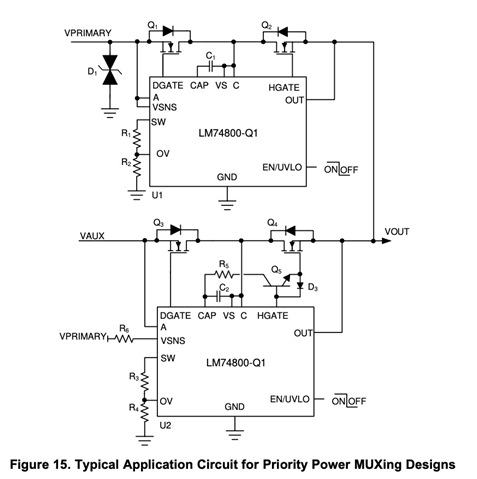I'm looking at Q5 in Figure 15 of the "Six System Architectures With Robust Reverse Battery Protection Using an Ideal Diode Controller" document.

Q5 is added to improve the turn-on time of the secondary supply HGATE FET Q4.
Doesn't this defeat the inrush current protection, for cases where the system is powered up with the secondary supply only?
Is the purpose of speeding up the turn on of Q4 to reduce the need for a large output cap, which would otherwise be needed to prevent voltage sag during the changeover?
Thanks!


